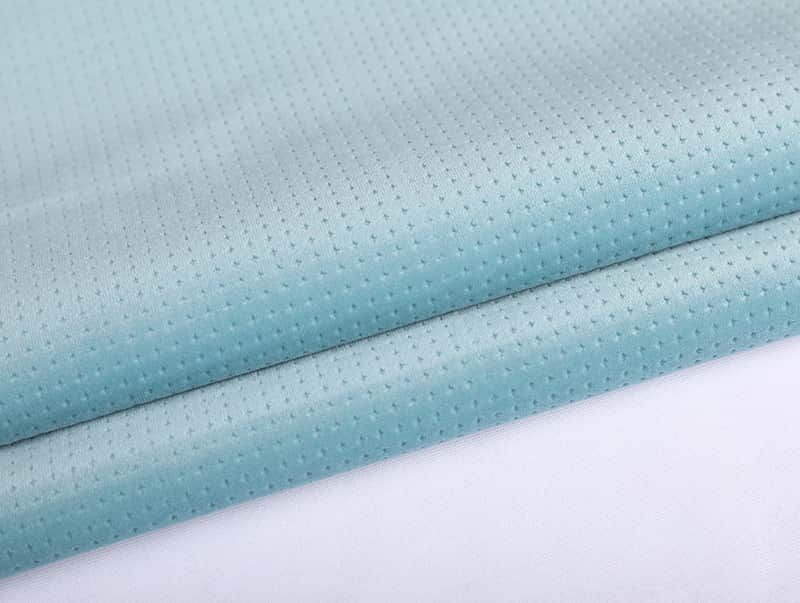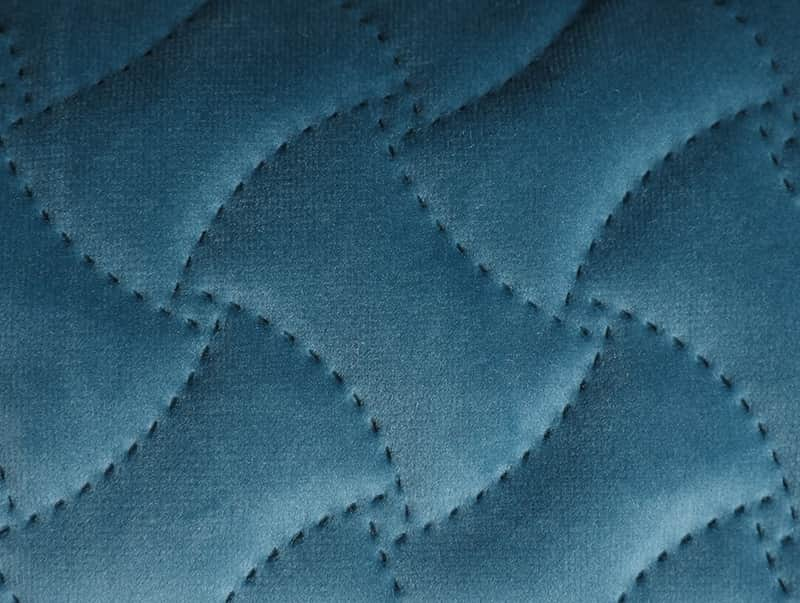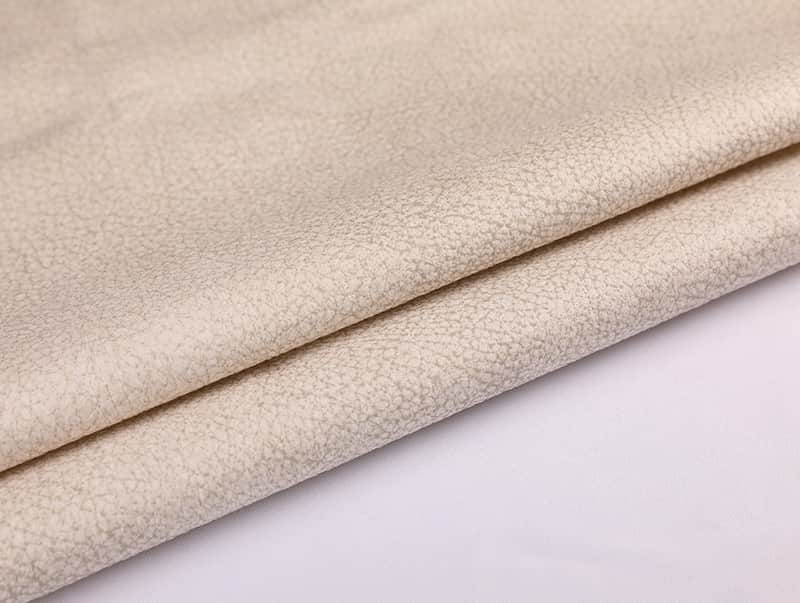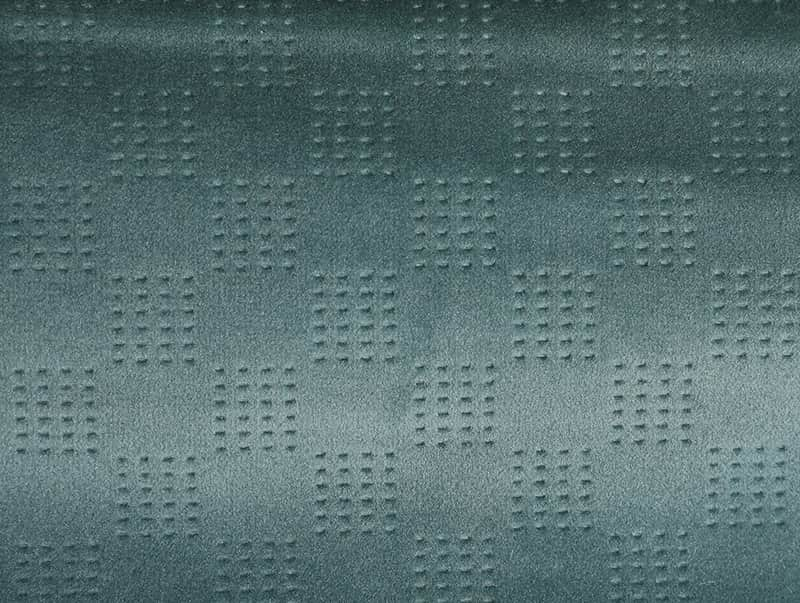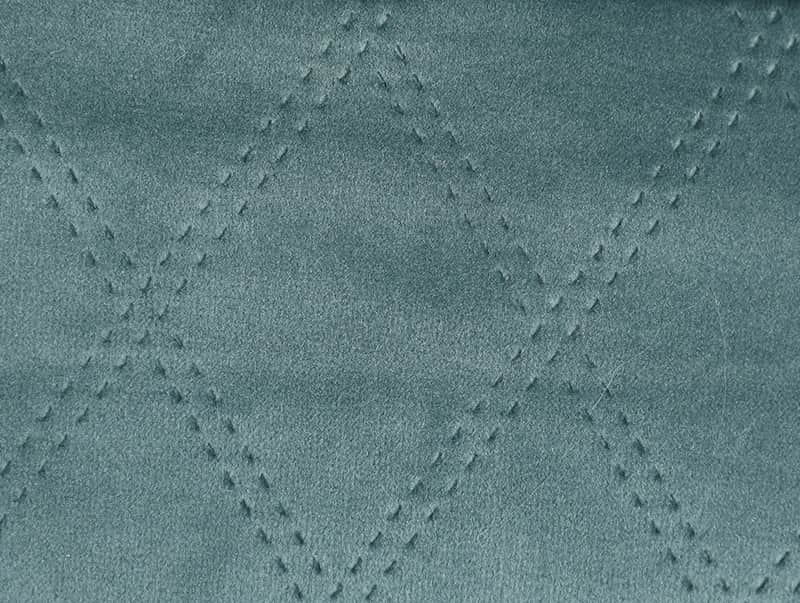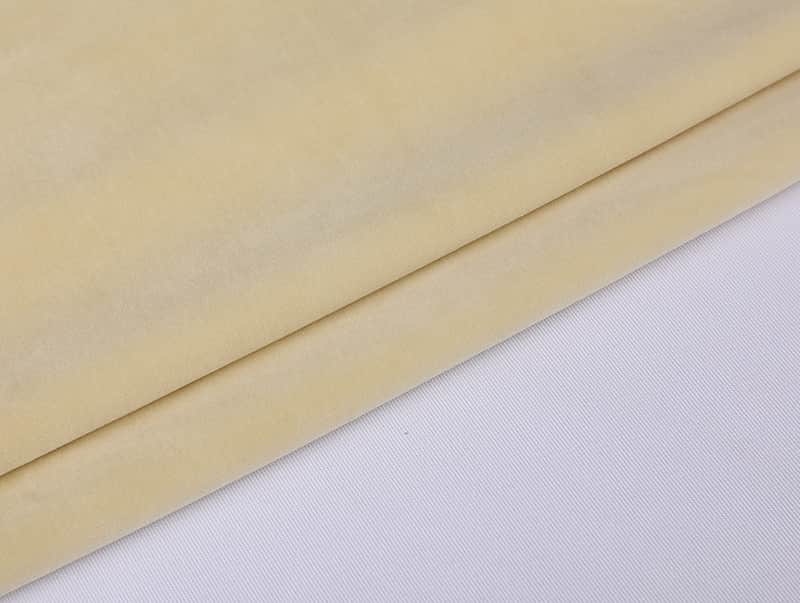Curtain velvet fabrics have a significant impact on the mood and ambiance of a room due to their unique properties:
Rich Texture: The soft, plush texture of velvet adds a sense of luxury and comfort to a room. The tactile quality of velvet invites touch and can make a space feel more inviting and cozy.
Depth of Color: Velvet fabrics have a unique ability to capture and reflect light, which gives them a rich, deep color appearance. This depth of color can set the tone of the room, whether it’s a warm, vibrant atmosphere with deep reds and oranges or a calm, serene space with soft blues and greens.
Light Absorption: Velvet's dense pile absorbs more light than it reflects, creating a subdued, intimate environment. This can enhance a feeling of privacy and make a room feel more secluded and tranquil.
Draping Quality: Velvet curtains often have a heavy, flowing drape that contributes to a sense of elegance and formality. The way velvet hangs can add a dramatic effect, making the room feel more sophisticated or stately.
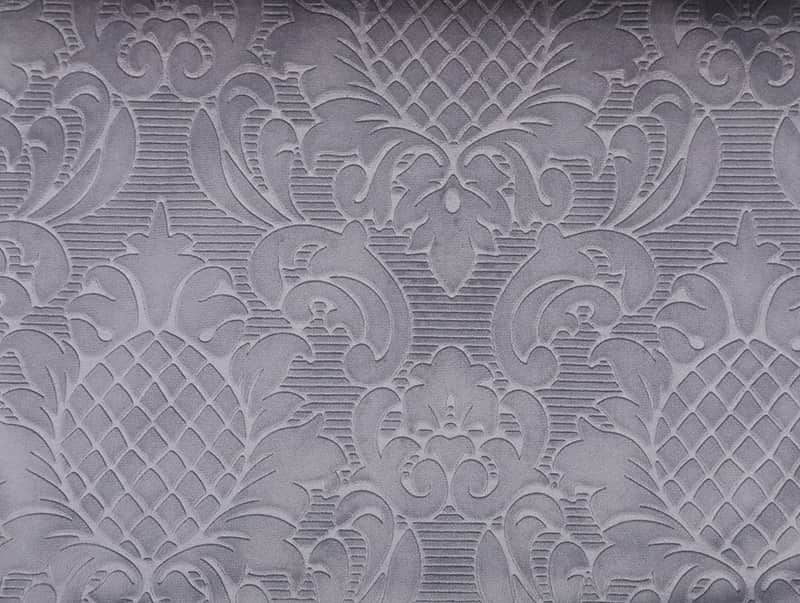
Sound Absorption: The sound-dampening qualities of velvet help to create a quieter, more peaceful atmosphere. By reducing echoes and outside noise, velvet curtains can make a room feel more serene and insulated from the outside world.
Association with Luxury: Velvet is historically associated with opulence and high status. Incorporating velvet curtains into a room can evoke a sense of grandeur and luxury, influencing the overall mood to feel more refined and exclusive.
Versatility in Style: Depending on the color and design, velvet can contribute to various moods—from the warmth and comfort of a rustic or vintage setting to the sleek and modern feel of a contemporary space.
Curtain velvet fabrics contribute to the mood of a room by enhancing its aesthetic appeal, influencing the perceived comfort, and shaping the acoustic environment, all of which play a role in how the space is experienced.
